Consistent B&W Film Photography can only be achieved when we start to record the methods involved and do deep learning on every parameter in every process.
Started from scratch, debugging every phase in the process of taking, developing, printing and digitizing B&W photos, I decided to share here my knowledge to who’s working in this hobby (or professional activity!) and developing and refining technique’s of B&W photography.
Working in all areas in B&W photograph (handling film cameras, developing film, printing film or paper and scanning negatives and refining images in digital media software), the information will be published as time is available and consistency becomes standard.

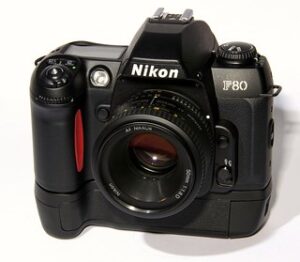 I use MINOLTA X-700 & X-300 since ever, with a full range of Minolta lens. Recently I brought a NIKON N80 and a NIKON F80S and several high quality NIKKOR lens. Great state-of-art film hardware.
I use MINOLTA X-700 & X-300 since ever, with a full range of Minolta lens. Recently I brought a NIKON N80 and a NIKON F80S and several high quality NIKKOR lens. Great state-of-art film hardware.
The develop is done in a repaired and improved JOBO CPE2 developing tank system (see articles about this DIY jobs). I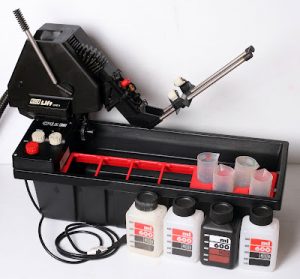 decided to buy this system due to the low need for chemicals and water in the developing process (to keep the costs as low as possible).
decided to buy this system due to the low need for chemicals and water in the developing process (to keep the costs as low as possible).
The chemicals and films are all from the proven trademark ILFORD, occasionally trying some films from other brands like FOMA, AGFA, KENTMERE, ROLLEY…

The negative enlarging is done in refurbished and improved MEOPTA OPEMUS 7 with MEOGRADE Head (very consistent and reproducible results!).
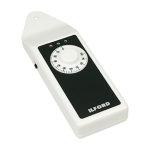 The exposure is fine tuned with a ILFORD EM10 light measure tool.
The exposure is fine tuned with a ILFORD EM10 light measure tool.
Also, the ILFORD RC Multigrade is my preferred printing paper. The developing is done in a JOBO paper drum (2850 model), which allows one sheet of 11 x 14″ print papers, or two 8 x 10″ print sheets. I’ll publish an article about some tips & tricks the JOBO 2850 drums allows… keep watching!
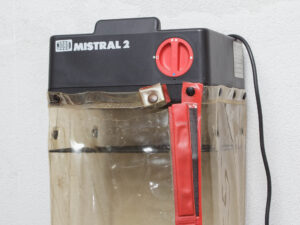 The film dry is done in a JOBO Mistral II, with two levels of dry air flows temperatures. Some adaptations had to be done, namely the gap isolation between the cabinet curtain and the head – simply solved with double face Velcro.
The film dry is done in a JOBO Mistral II, with two levels of dry air flows temperatures. Some adaptations had to be done, namely the gap isolation between the cabinet curtain and the head – simply solved with double face Velcro.
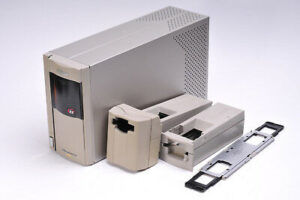 Finally, a NIKON IV CoolScan on a MacBook Pro is my preferred system for negative scanning.
Finally, a NIKON IV CoolScan on a MacBook Pro is my preferred system for negative scanning.

